Most women will experience at least one genital yeast infection during their lifetimes. Most often caused by Candida albicans, these infections are the result of an overgrowth of yeast species that typically inhabit the human body without doing any harm. Men can get yeast infections, too, though much more rarely.
If you think you're dealing with one, what do you need to know about home treatment?

Symptoms of a male yeast infection
Men who have fallen victim to a genital yeast infection (penile candidiasis) are likely to experience symptoms such as sore, red, and itchy private parts. Your penis may be inflamed and feature a skin rash. Men can also experience a burning feeling on their skin and around their urethra.
Because these symptoms can also be caused by other conditions, and genital yeast infections are comparatively rare in males, the best course of action would be to consult a doctor.
Can yeast infections be treated at home with natural remedies?
Maybe. Home remedies for yeast infections that have been found to have some scientific merit include:
- Garlic
- Oregano oil
- Tea tree oil
- Vinegar
It is important to keep in mind that most research into the efficacy of such remedies has either focused on their antifungal properties in a lab setting, or pertains to capsule products designed for vaginal use by women. Rubbing products that have a high potential to cause skin irritation onto the affected area may not be such a good idea — you may add a new problem to your existing complaints.
Probiotics, whether plain yogurt or oral supplements, are often recommended as an effective remedy for yeast infections, as well. Research hasn't found that oral lactobacillus supplements prevent or cure yeast infections, though probiotics are rather unlikely to cause any kind of harm.
Thankfully, the fact that that so-called natural or alternative remedies haven't conclusively been proven to eliminate genital yeast infections and even less research that involves males has been carried out does not mean that you have no options if you are looking for home treatments for a male yeast infection.
Topical antifungal medications are often available over the counter
Topical antifungal agents effectively clear up yeast infections. Examples include clotrimazole, miconazole, and nystatin — you can ask your pharmacist about these and follow the product's instructions for home use. For balanitis, an inflammation of the glans and sometimes the foreskin, corticosteroid creams, also available over the counter without a prescription, can help. Oral antifungal products, such as fluconazole and itraconazole, are also effective.
Though this might not have been what you had in mind when you wanted a "home treatment", these medications have been thoroughly tested and are much more likely to get rid of your yeast infection than herbal or alternative remedies.
Having said that, not everyone who believes they have a genital yeast infection actually does. To be sure you have the right treatment plan, you need to be sure of your diagnosis. Only a doctor can help you with that, so we'd strongly encourage you to seek medical attention even if you are planning on using over the counter products.



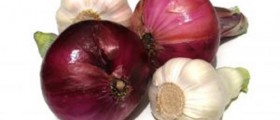
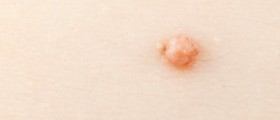
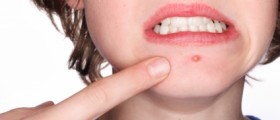
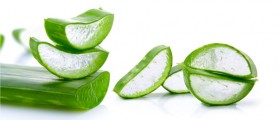
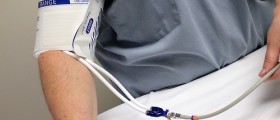
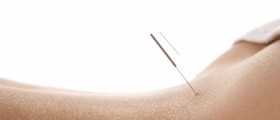
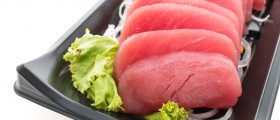

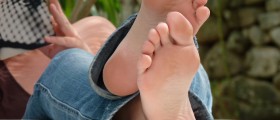

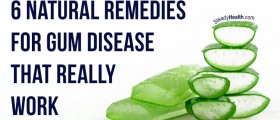


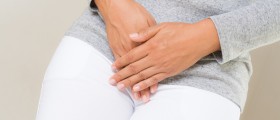
Your thoughts on this
Loading...